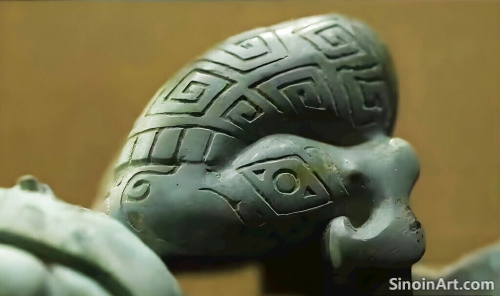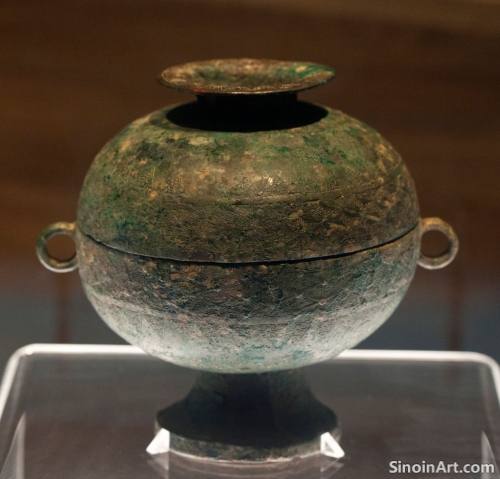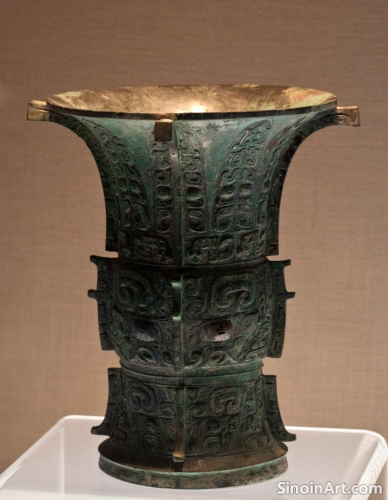Bronze Ware and the Expression of Power in Ancient Chinese Tombs: Wealth, Status, and the Afterlife
|
The inclusion of bronze ware in ancient Chinese tombs went far beyond mere funerary practice; it was a potent expression of power, wealth, and social status, designed to create a visual representation of the deceased's importance in the world of the living and their expected position in the world beyond. The use of these objects in the burial process was a carefully planned act designed to enhance the status and legacy of the departed.  The quantity and quality of bronze objects found in tombs, including ritual vessels, weapons, musical instruments, and personal adornments, reflected the social standing and wealth of the deceased. The presence of more ornate and elaborate bronze works was a clear indication of an individual’s power and influence during their lifetime.  The precise arrangement of these objects in tombs was also highly symbolic, often reflecting beliefs about the journey into the afterlife and the proper order and structure of the spiritual world. The care taken in the arrangement of these objects helped to communicate the beliefs of the time.  The inclusion of inscriptions on bronze objects within the tomb also allowed for the lineage and accomplishments of the deceased to be documented and remembered, further underscoring their social and political importance. The use of inscriptions helped to record and to preserve the memory of the departed, and to reinforce their social status. The study of bronze objects in funerary contexts helps to illuminate the complex interplay between social structures, spiritual beliefs, and the desire to project power and influence into the world beyond. The artifacts found in tombs provide invaluable information about the lives, beliefs, and values of the people of the past. |
Tag : bronze tombs, Chinese power, funerary display, burial practices, status objects
Related information
- The Influence of Tang Dynasty Kaishu Calligraphy on Bronze Inscriptions
- Bronze Ware and the Development of Ancient Chinese Writing: Scripts, Inscriptions, and the Communication of Ideas
- Bronze Ware and the Development of Ancient Chinese Cartography: Maps and Measurement
- The Production and Use of Bronze in the Ancient Kingdom of Shu: The Uniqueness of Sanxingdui
- Bronze Ware and the Representation of Power in Ancient Chinese Royal Courts
This article explores the influence of Tang Dynasty Kaishu calligraphy on bronze inscriptions, highlighting how its elegant and structured forms impacted the style of carved characters and reflecting the artistic interplay between calligraphy and metalworking.
This article explores the connection between bronze ware and the development of ancient Chinese writing, highlighting the evolution of script styles through inscriptions, the importance of writing as a medium for record-keeping and communication, and the role of bronze in shaping the development of written language.
This article explores the use of bronze in ancient Chinese cartography, highlighting its role in creating surveying tools, measuring instruments, and other devices used in mapmaking, and demonstrating its importance in facilitating the creation of accurate geographical records.
This article explores the bronze ware of the ancient kingdom of Shu, highlighting the unique artifacts discovered at Sanxingdui, the distinct casting techniques, and the cultural significance of this powerful and largely independent civilization.
This article explores the use of bronze ware in ancient Chinese royal courts, highlighting its role in representing authority, wealth, and social status, demonstrating how bronze objects were used to reinforce the power of the ruling class.